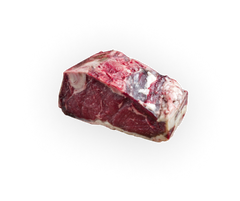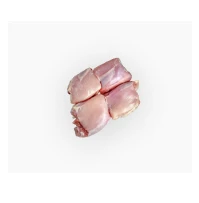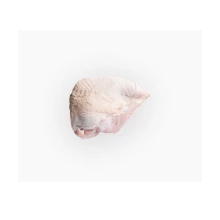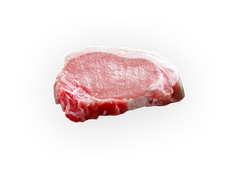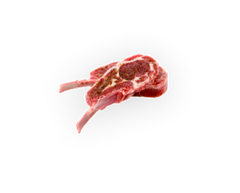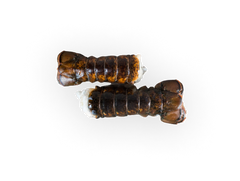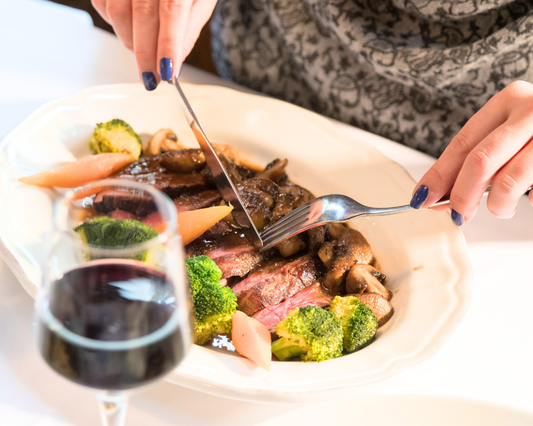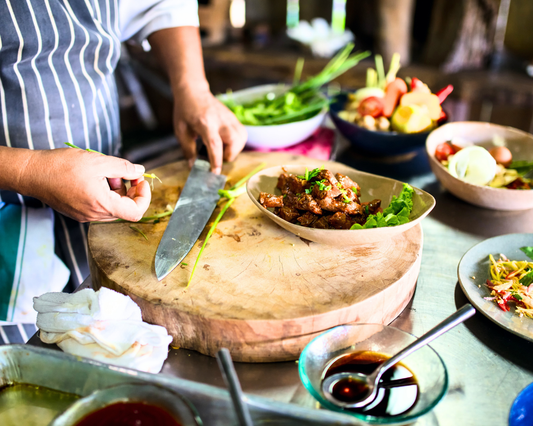Red meat has long been a staple in diets around the world, especially in Canada where beef, pork, and lamb often find their way onto dinner plates. But despite its popularity, red meat remains one of the most debated foods in nutrition. So what exactly is red meat? Which meats qualify? And is it actually good for you?
In this blog post, we’ll explore what red meat is, list the main types, and take a balanced look at the health benefits and potential downsides of eating red meat.
What Is Red Meat?
Red meat refers to meat that is red in colour when raw and typically turns darker (brown or grey) when cooked. This colour comes from a protein called myoglobin, which is found in higher concentrations in the muscles of certain animals.
Red meat is generally sourced from mammals, as opposed to poultry or fish, which are categorized as white meat. It tends to be higher in fat and iron, particularly heme iron, which is easily absorbed by the body.
Types of Red Meat
Here’s a list of common types of red meat available in Canada and around the world:
1. Beef
-
Comes from cattle.
-
Includes cuts like ground beef, steaks (ribeye, sirloin), brisket, and roast beef.
-
Popular in burgers, stews, and steaks.
2. Pork
-
Comes from pigs.
-
Includes pork chops, bacon, ham, sausages, and tenderloin.
-
Though sometimes classified as “white meat” by marketers (like in the slogan “the other white meat”), pork is technically red meat due to its myoglobin content.
3. Lamb
-
Comes from young sheep (less than one year old).
-
Known for its tender texture and distinct flavour.
-
Includes lamb chops, leg of lamb, and ground lamb.
4. Mutton
-
From older sheep (over one year).
-
Stronger in flavour and tougher in texture than lamb.
-
Common in South Asian, Middle Eastern, and Caribbean cuisines.
5. Goat
-
Leaner than most other red meats.
-
Common in Caribbean, African, and Indian dishes.
-
Includes cuts like goat curry meat, ribs, and stew meat.
6. Venison
-
From deer.
-
A lean, gamey red meat popular among hunters.
-
Includes cuts like venison steaks, ground meat, and roasts.
7. Bison (or Buffalo)
-
Leaner and lower in cholesterol than beef.
-
Gaining popularity in health-conscious diets.
-
Includes steaks, burgers, and roasts.
8. Elk, Moose, and Other Game Meats
-
Wild meats often hunted in Canada and northern regions.
-
Typically very lean and nutrient-dense.
-
Regional and seasonal availability.
Health Benefits of Red Meat
Red meat is nutrient-dense and can be a valuable part of a balanced diet, especially when consumed in moderation and from quality sources.
1. Rich in Protein
-
Essential for building and repairing muscles, organs, and tissues.
-
High-quality, complete protein containing all nine essential amino acids.
2. Excellent Source of Iron
-
Red meat is rich in heme iron, which is more easily absorbed than the non-heme iron found in plant foods.
-
Helps prevent iron-deficiency anaemia, particularly in women and growing children.
3. High in Vitamin B12
-
Critical for nervous system health, brain function, and red blood cell formation.
-
Primarily found in animal products.
4. Zinc and Other Micronutrients
-
Supports immune function, wound healing, and metabolism.
-
Also provides phosphorus, niacin, selenium, and riboflavin.
5. Creatine and Carnosine
-
Naturally occurring compounds in red meat that support muscle function and brain performance.
-
Often used in athletic supplements but found naturally in meat.
Potential Drawbacks of Red Meat
While red meat offers many nutritional advantages, there are some concerns worth considering, particularly regarding quantity, quality, and preparation methods.
1. Link to Heart Disease
-
Some studies suggest that excessive consumption of processed red meats (like bacon and sausage) is linked to higher risk of heart disease.
-
High levels of saturated fat and cholesterol in fatty cuts may contribute to elevated LDL ("bad") cholesterol.
2. Cancer Risk
-
The World Health Organization (WHO) classifies processed meats as a Group 1 carcinogen (known to cause cancer) and unprocessed red meat as a Group 2A carcinogen (probably carcinogenic), particularly linked to colorectal cancer.
-
Risk increases with frequent consumption and high-temperature cooking (like grilling or charring).
3. Environmental Impact
-
Red meat production, especially beef, contributes significantly to greenhouse gas emissions, deforestation, and water use.
-
Choosing local and sustainably raised meat can reduce this impact.
4. Risk of Overconsumption
-
Red meat is calorie-dense. Overeating without balancing other food groups can lead to weight gain and nutrient imbalances.
-
Large portions, especially when served with refined carbs and sugary sauces, can contribute to poor dietary patterns.
5. Additives in Processed Meats
-
Many processed meats contain preservatives like nitrates and nitrites, which may form harmful compounds during digestion.
-
These additives are part of the reason processed red meat has a worse health profile than fresh meat.
How to Enjoy Red Meat Responsibly
Red meat doesn’t have to be cut out of your diet entirely. In fact, many Canadians enjoy it regularly without health issues. The key is balance, portion control, and preparation.
Practical Tips:
-
Choose lean cuts: Go for sirloin, tenderloin, or round cuts of beef; pork loin instead of bacon.
-
Watch your portion size: A portion is typically about the size of your palm (75–100 grams cooked).
-
Limit processed meats: Try to keep bacon, sausage, and deli meats as occasional treats.
-
Grill smart: Avoid charring your meat to reduce harmful compound formation.
-
Go grass-fed or pasture-raised when possible: These options often have better fat profiles and environmental practices.
Red meat is a valuable source of protein, iron, and essential nutrients, especially for those who follow omnivorous or ancestral diets. However, it’s important to be mindful of how much and what type you consume. Processed and overcooked meats may carry more risks, while lean, minimally processed options can fit into a healthy lifestyle.
Ultimately, moderation and variety are key. Pair your red meat with plenty of vegetables, whole grains, and legumes to round out your meals and support long-term wellness.
Whether you enjoy a juicy steak, a lamb roast, or a wild moose burger from your latest hunting trip, knowing the facts about red meat can help you make informed choices for your health — and your taste buds.
